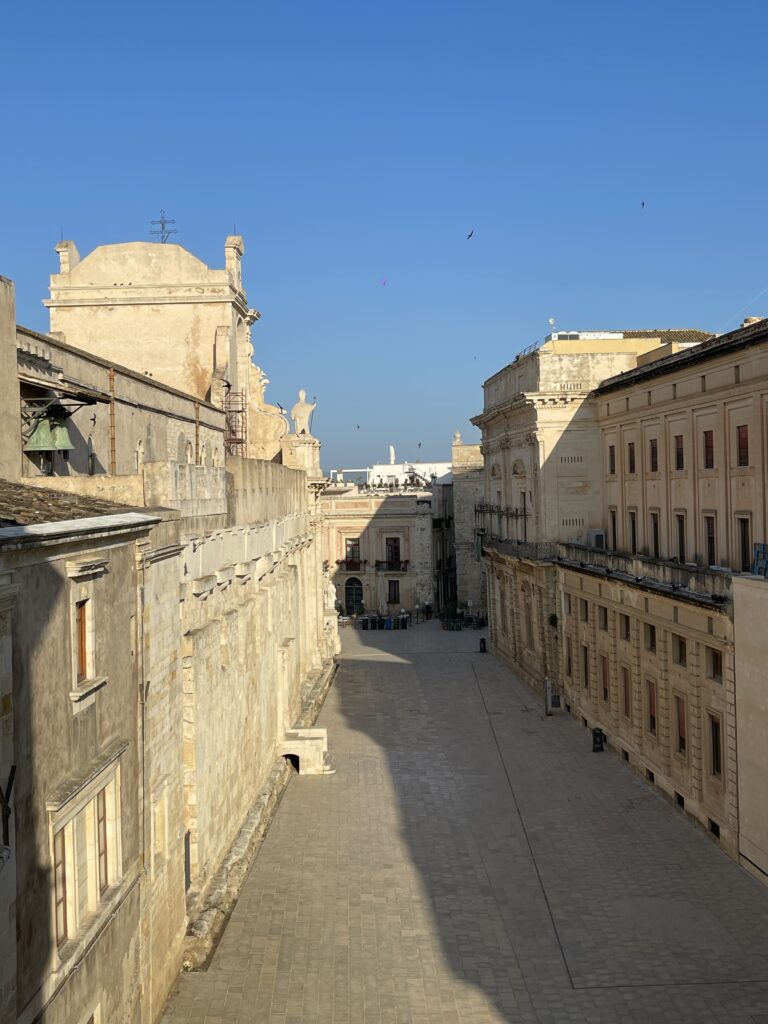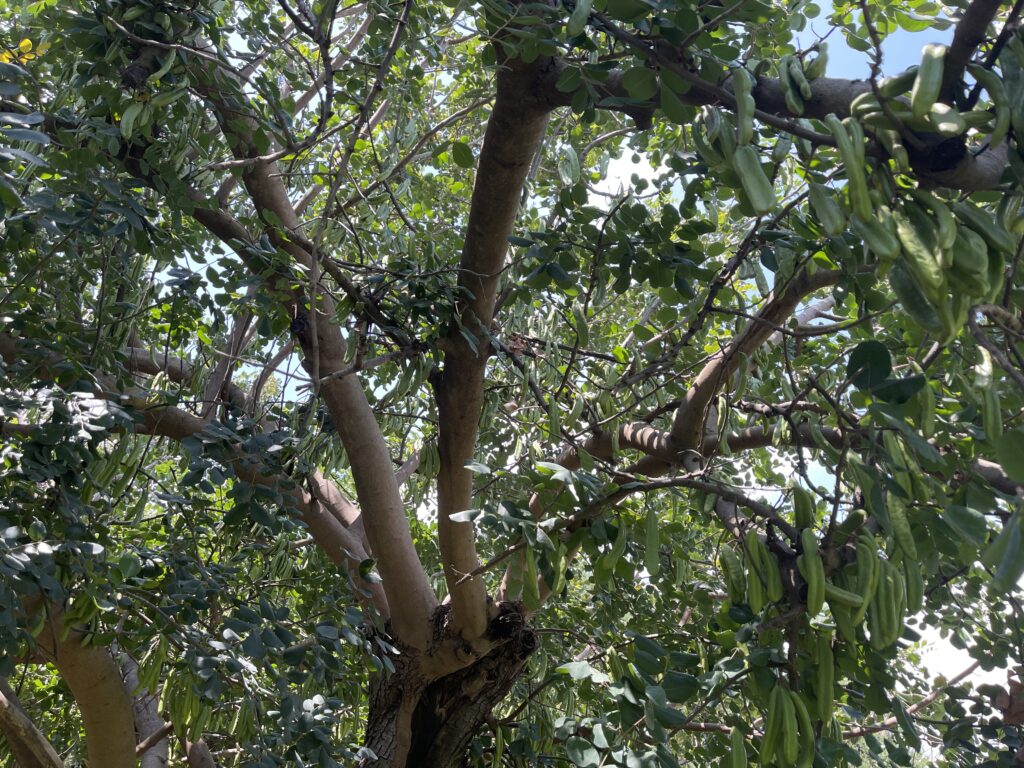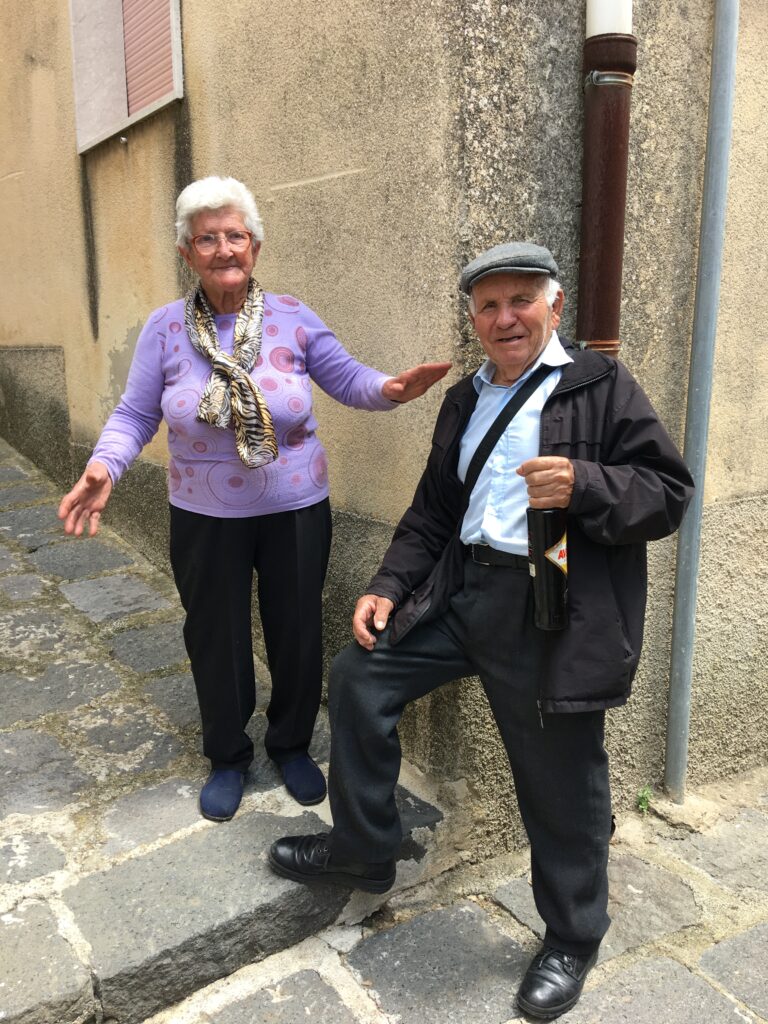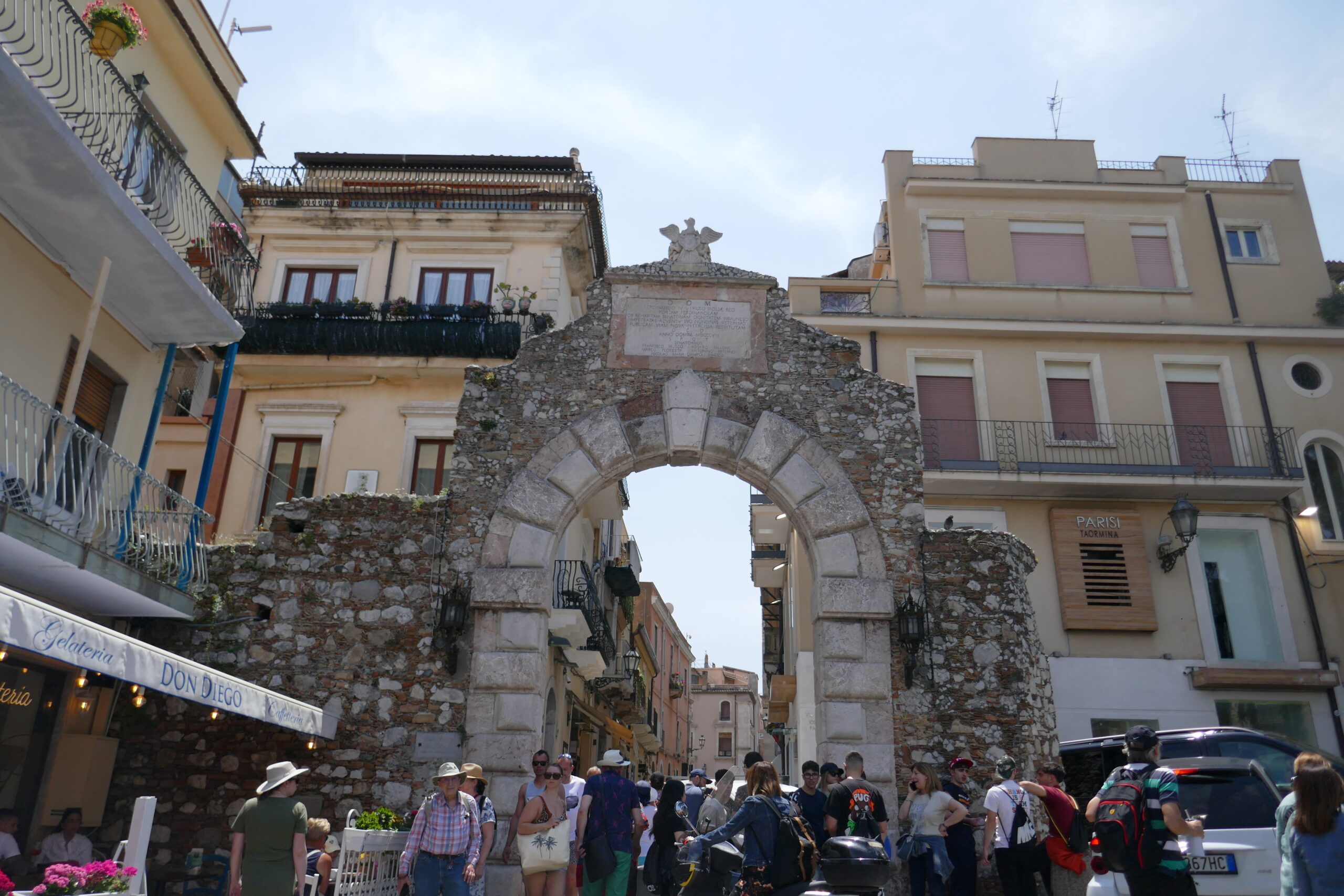
Sicily – a Fathers’ Day reflection
Seemingly months have passed since I’ve written in this blog, but not for lack of momentum, more for lack of digital participation. Time spent to reflect has been brilliantly analogue lately. Carrying around a leather-bound notebook while traveling a piece of the planet I’ve never been has been a pleasure that I am happy to share a shard of today.
The notebook still needs to be typed at another time, but this reflection that I can share is based on a few of the photographs I took while traveling in Sicily recently. While I visited five major regions, I’ll keep this post mostly focused on the north-east of the island in the Catania/Taormina/Messina area, along the coastline, away from the volcano and inland farms (with a little bit of Palermo and Agrigento mixed in). This reflection is inspired by the sights, sounds, smells, tastes, and textures that all seemed so vibrant that my recollection of them is more than what should be condensed into a portion of a larger whole, methinks.
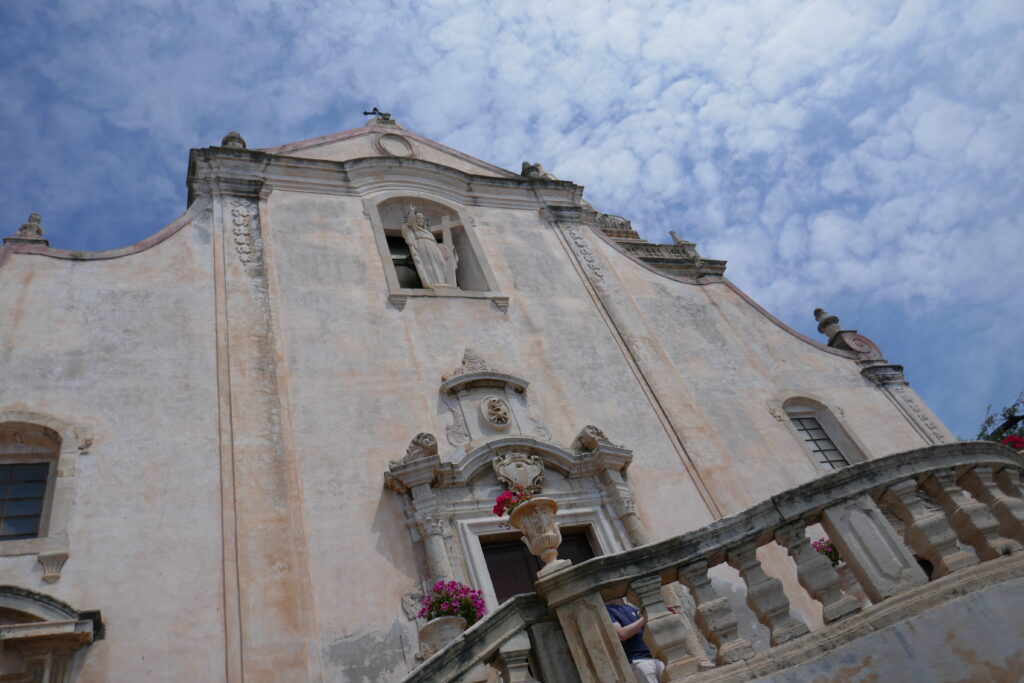
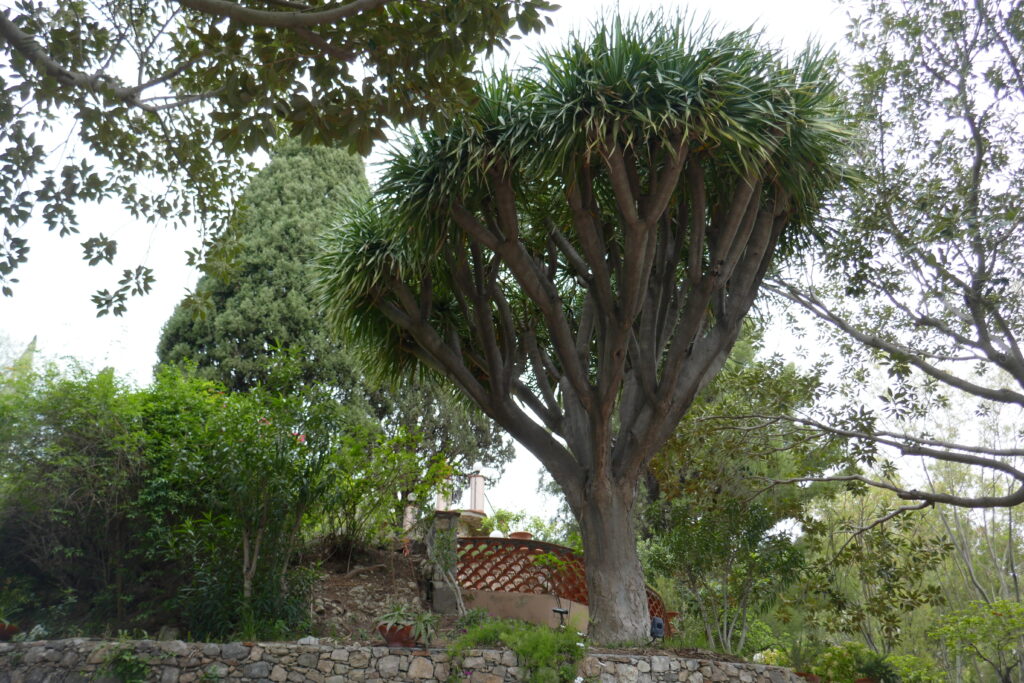

When I landed at Catania airport, the first thing I did, as per policy, is to look to buy some toothpaste and a sim card. Heh. I do this for two reasons. One, fun, and two, logistical power. The toothpaste lets me have something that will travel with me for a while from that spot, so I’m reminded of my adventure for a good while, and the sim card will allow me to use map-apps in real-time and have data-upload capacity while I’m on the road. This policy pairing for when I land in a country is highly recommended by your tour-guide-to-earth, Jim. Good times.
And off I went.
To the town of Taormina, Sicily: most recently in popular culture as the location of the hotel featured in the HBO hit, White Lotus. Taormina has been on the tourist circuit since there has been one established in the late 1700’s. There’s even a plaque to Oscar Wilde’s visit a hundred and thirty years ago along with buildings dating back to ancient Grecian times…
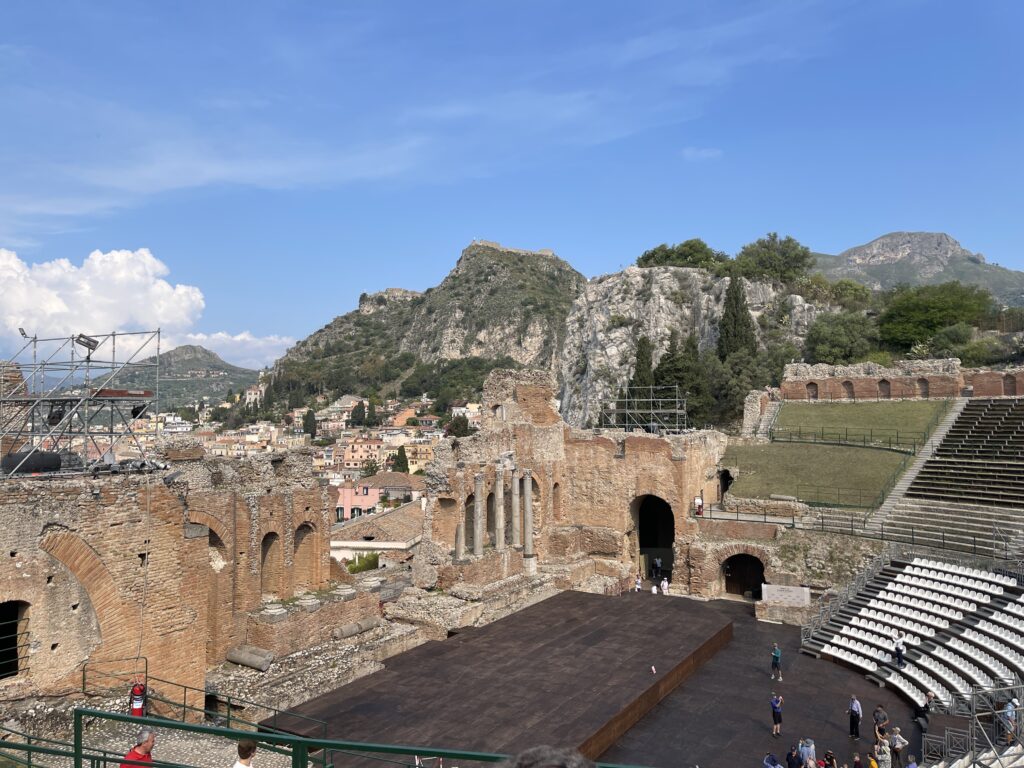
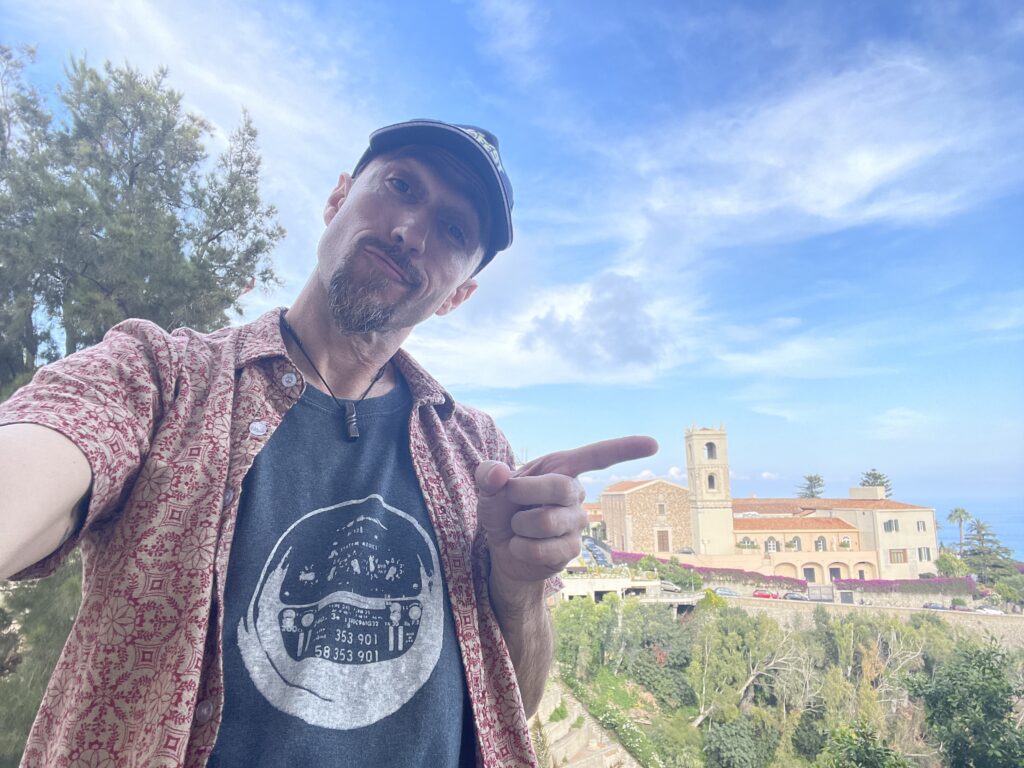
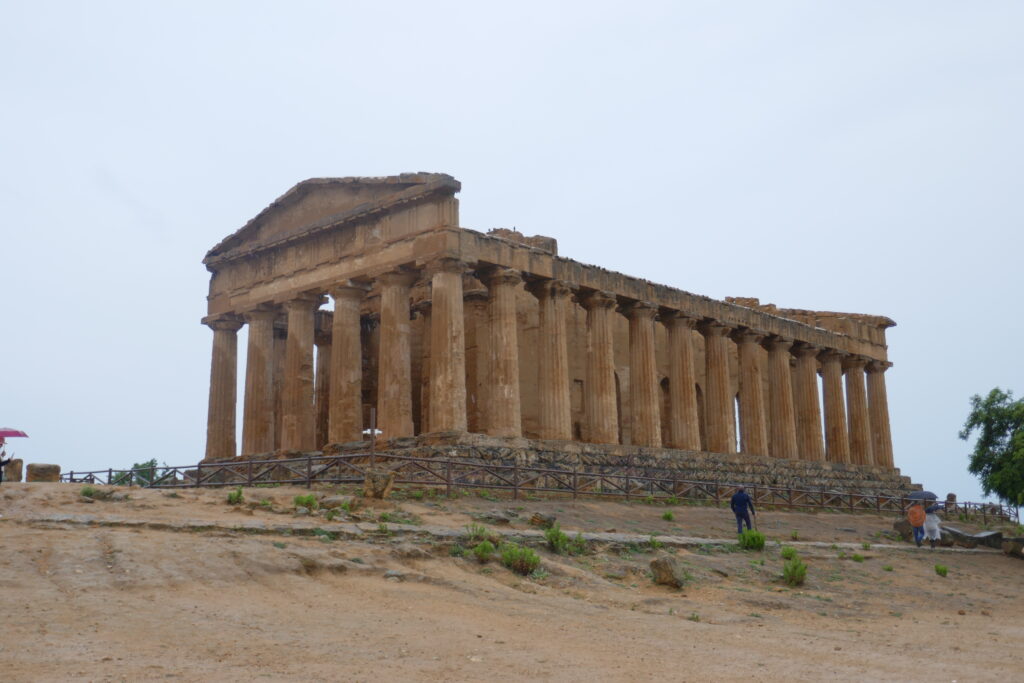
It is the overlooking mountain top town that looks down on the first Greek colony on the island, Naxos. If you don’t know, Sicily was Greece for a very long time. It was also French, Spanish, Muslim, independent, part of the Holy Roman Empire, and most recently was incorporated into the Italian nation with the revolution of 1860/61 that created the modern Italian state under a monarchy, which was adjusted to a voting republic in the 1940’s after the second world war.
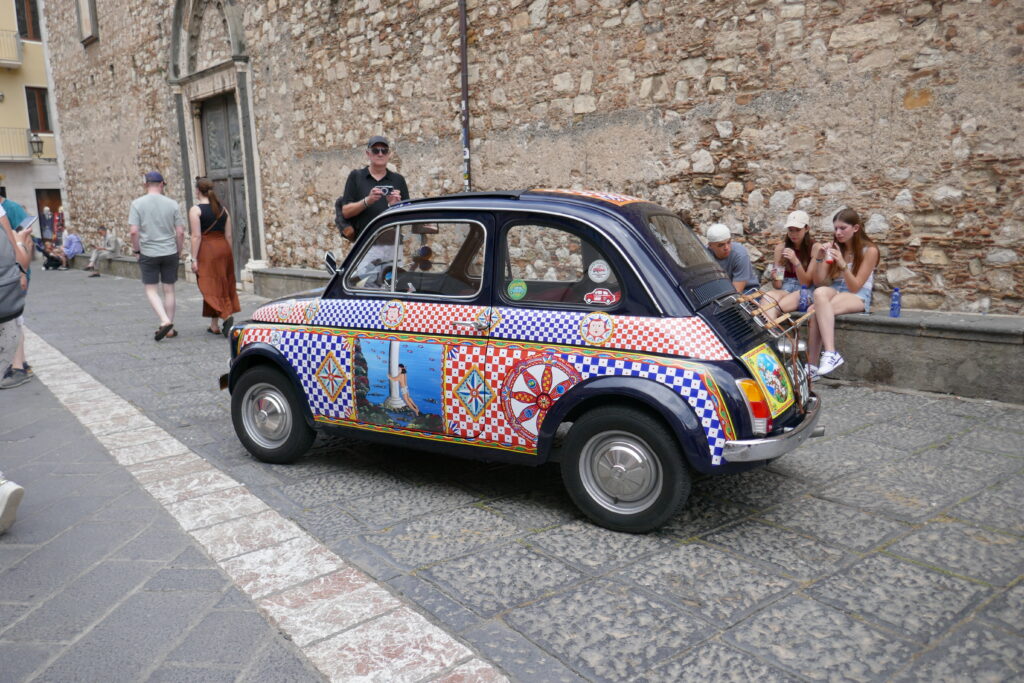
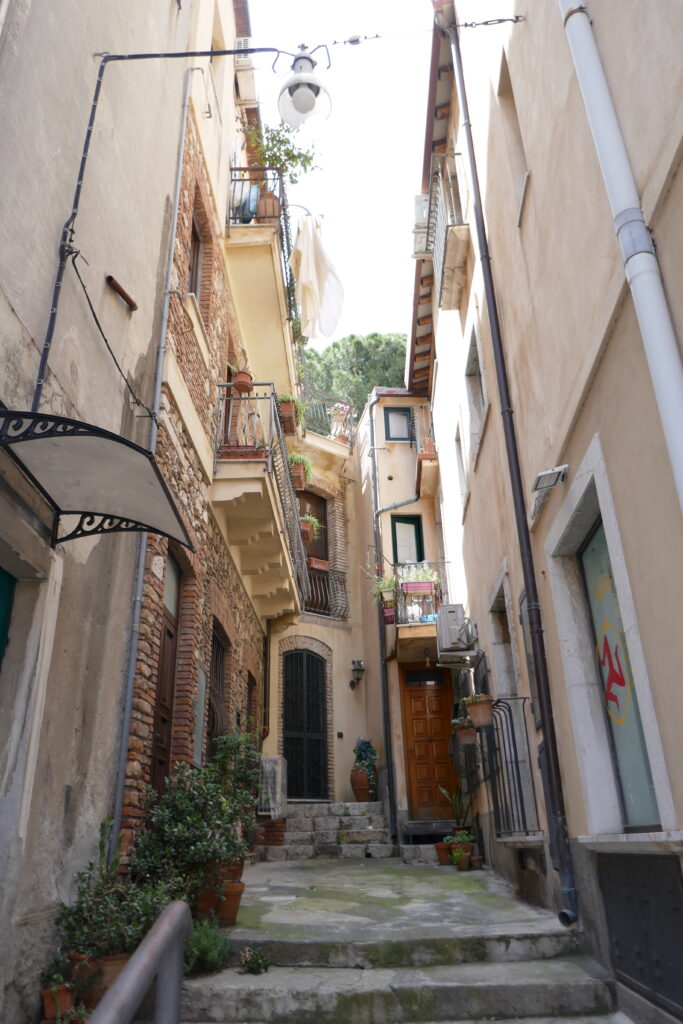
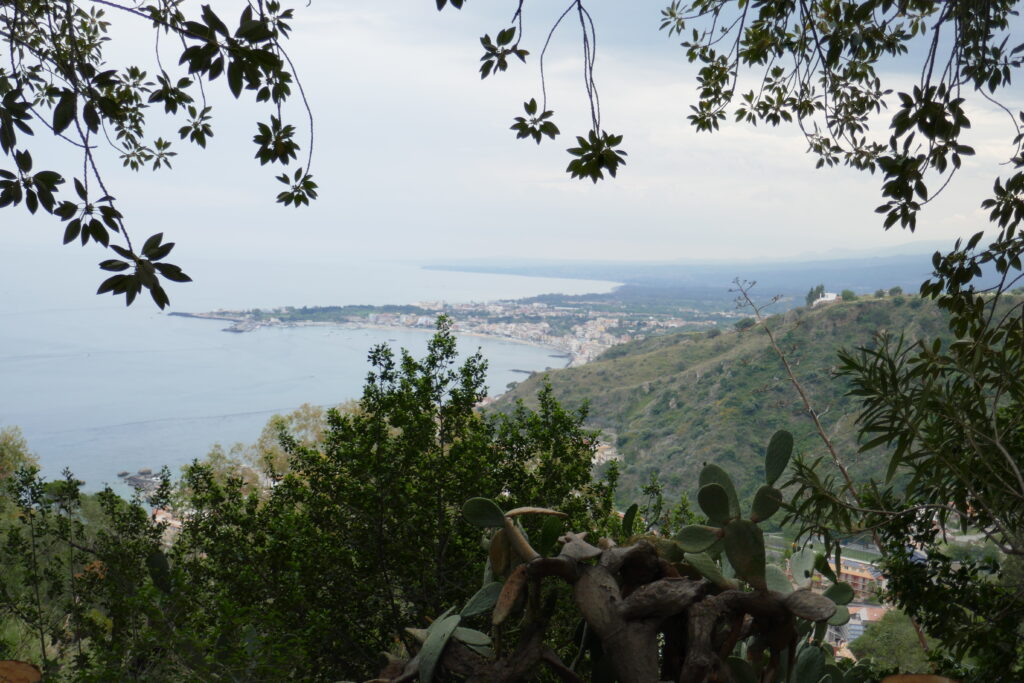
There is another plaque on a church in the town square celebrating Garibaldi, the revolutionary who is credited with unifying the nation. But it is the church that people come to see. I’m torn… Being that I am incredibly distant from the Catholic faith, though I was born into a family of Catholics, I have a bit of bitter-sweet nihilism when I look at such temples, as they represent more than the intended power of spirit, they also represent the power of war. My relationship with the Catholic institution is one that is not a relationship, but more of a willing neighbor to allow to live and let live. I appreciate the art of the architecture, but I am also reminded that these houses of worship were also the planning centers for behaviors that are anathema in this era, from purges to the religious wars and the degrading of other faiths, to the power wielding priests who could confer hell-bound status to the social hierarchies that have been stratified through the years based on not behavior and capability, but on tribal insularity. Religions in general are limiting, and while I enjoy the art of the churches and more, I am reminded that we are given this imagery without knowledge of the true artisans who made it, and with the knowledge that had they tried to work outside the church at the time, their work would never have survived. Churches were a vehicle, but also a filter for artist. Both the only paycheck in town, and a crime.
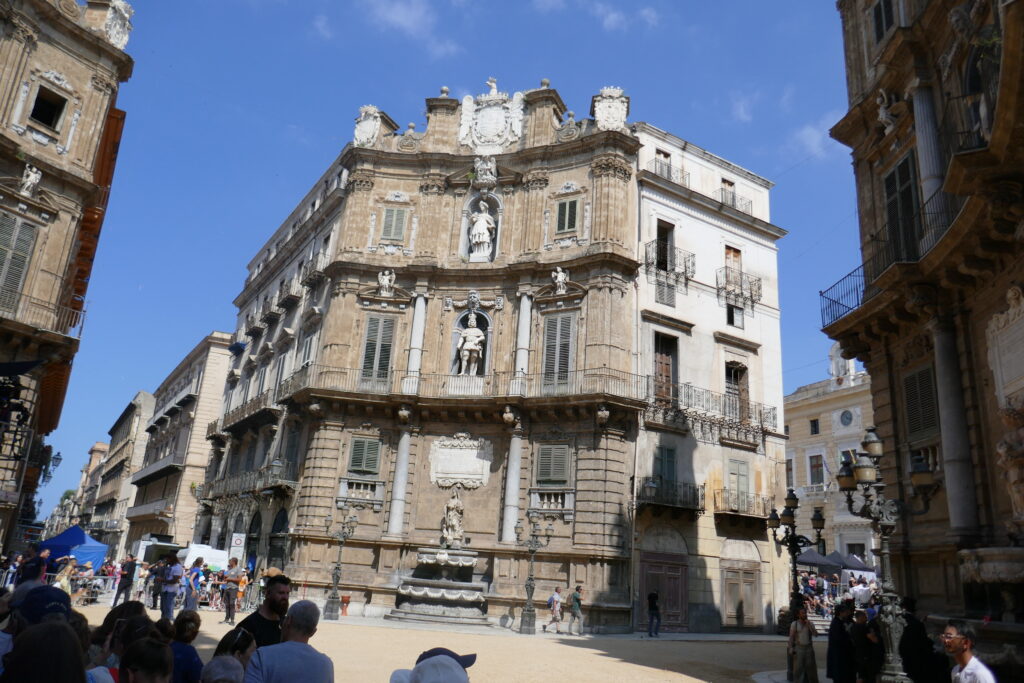
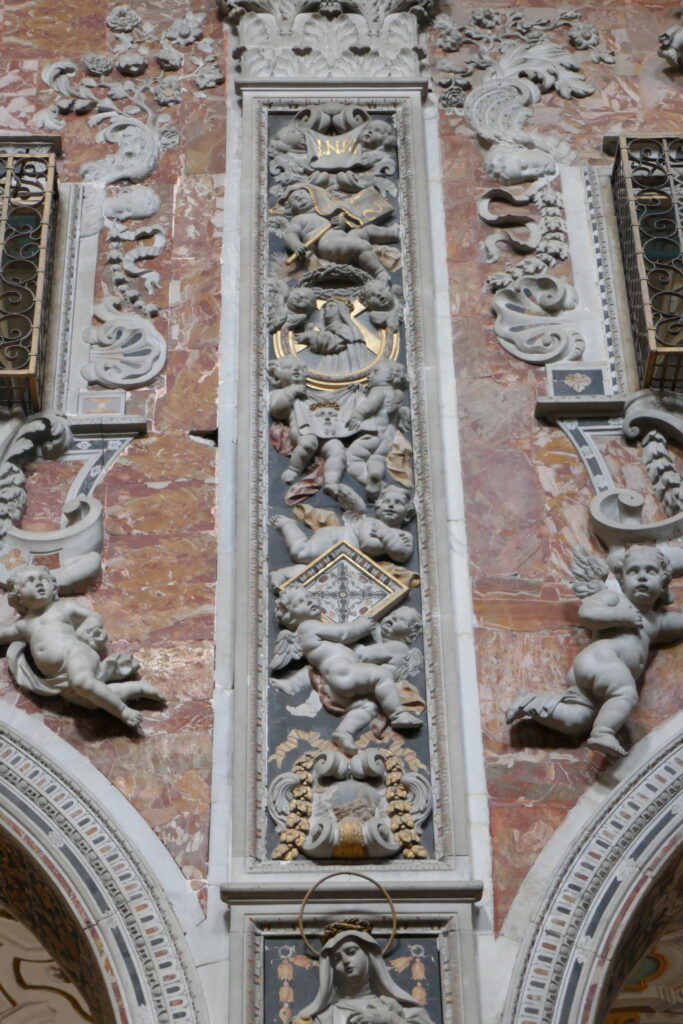
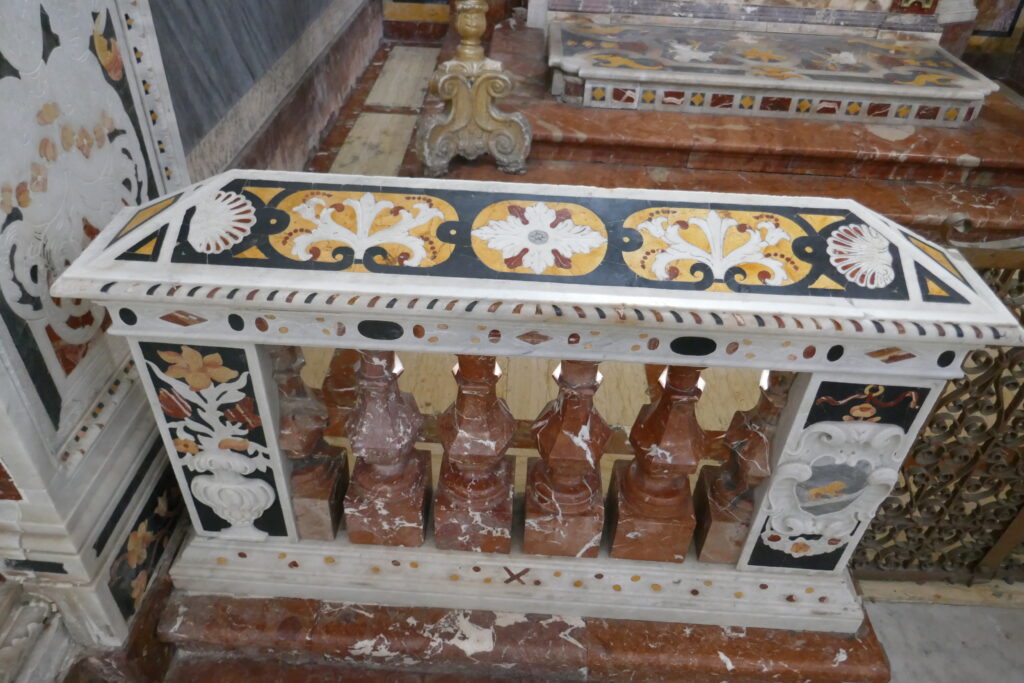
I’m reminded of a beautiful church in Palermo named Monreale that was one of the most visually impressive buildings I’ve ever seen, and yet, the arabesque designs are clear, representing the Muslim workers whose names have been erased from history. The Greek language is present, representing the previous culture to the Latin-speaking Catholics, who inhabited this island fifteen hundred years before the church was built. Today, you cannot hear Greek or Arabic in the streets, though the markets still are in the style of souqs and the temples to Zeus and Athena still stand. Those voices have been erased. Those cultures have been pressed out. The power struggles that existed in the past are evidenced in the present day on the graffiti of Palermo, in the legends of mafia, in the shut off palaces that equal Versailles for style, if not grandeur, but are hidden in the warrens of brown stucco, locked away from the passers-by who aim for restaurants and museums that are advertised and the numerous poor members of society who are leaving the countryside for work in the north, or living in neighborhoods that have no markets, no shops, limited resources of all kinds. The famous Booker T. Washington statement about how Sicilians had it harder than American Black folk might be out-dated (and perhaps completely wrong), but it does show the true and amazing hardships that the people of the island have generally had to endure in the recent past. Dragon-lair-esque pilings of resources into the churches and palaces we can tour with our cameras today represent a painful polarity of power that needs to be reconsidered as a basic paradigm within our societies/y.
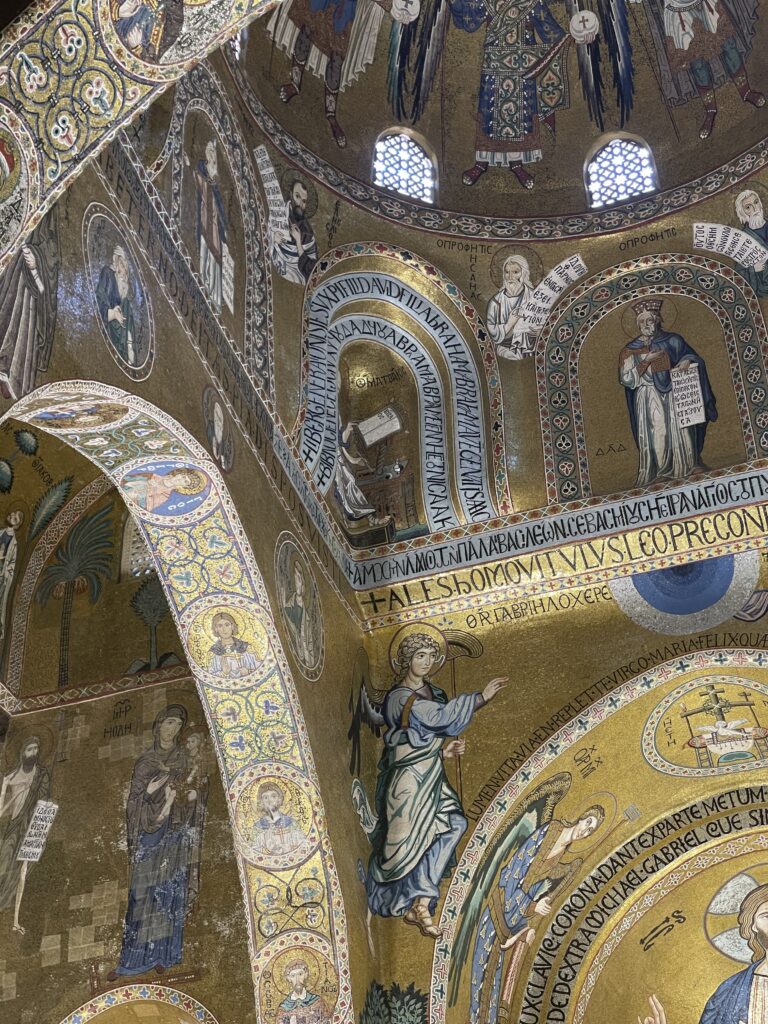
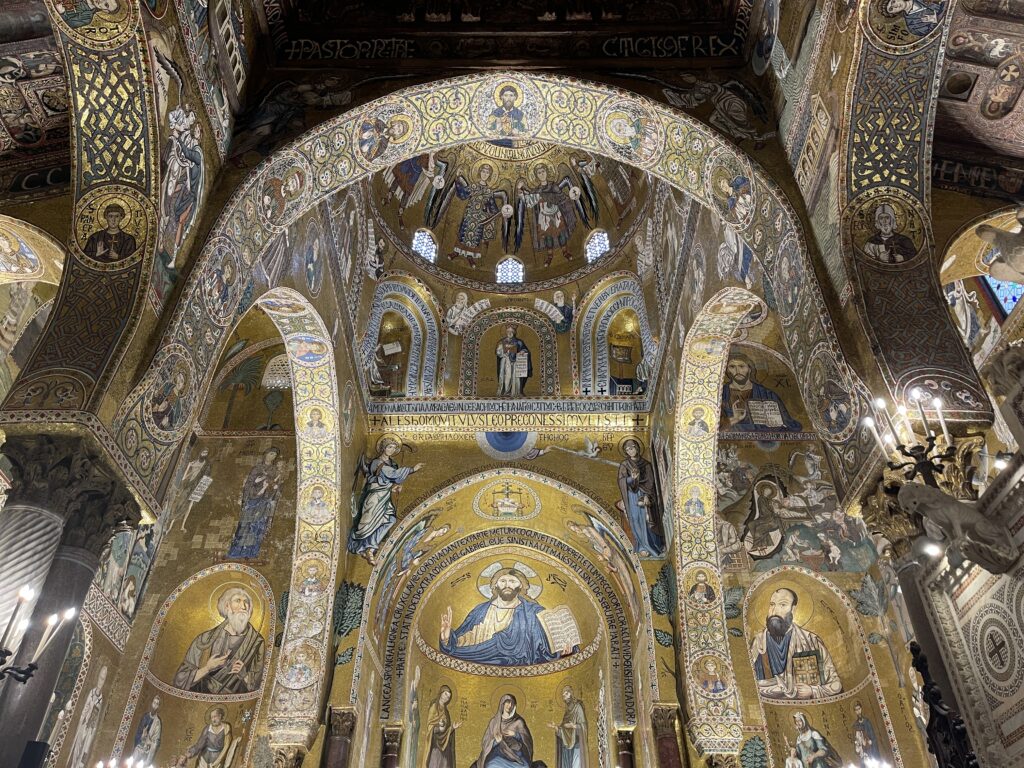
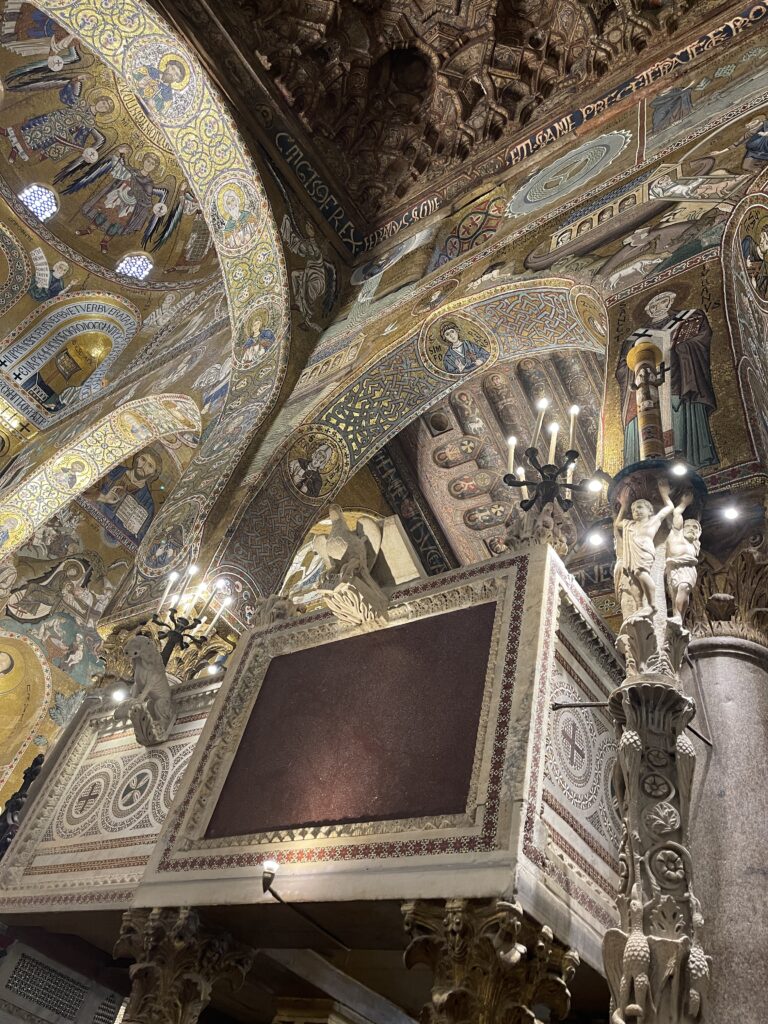
But that’s not the intended line of thought for this blogpost… I’m hoping to share a bit of beauty with the folks of the world who might enjoy some. Because the art is real, the joy is real, and the pleasure of visiting such a layered place is a phenomenal opportunity and honor.
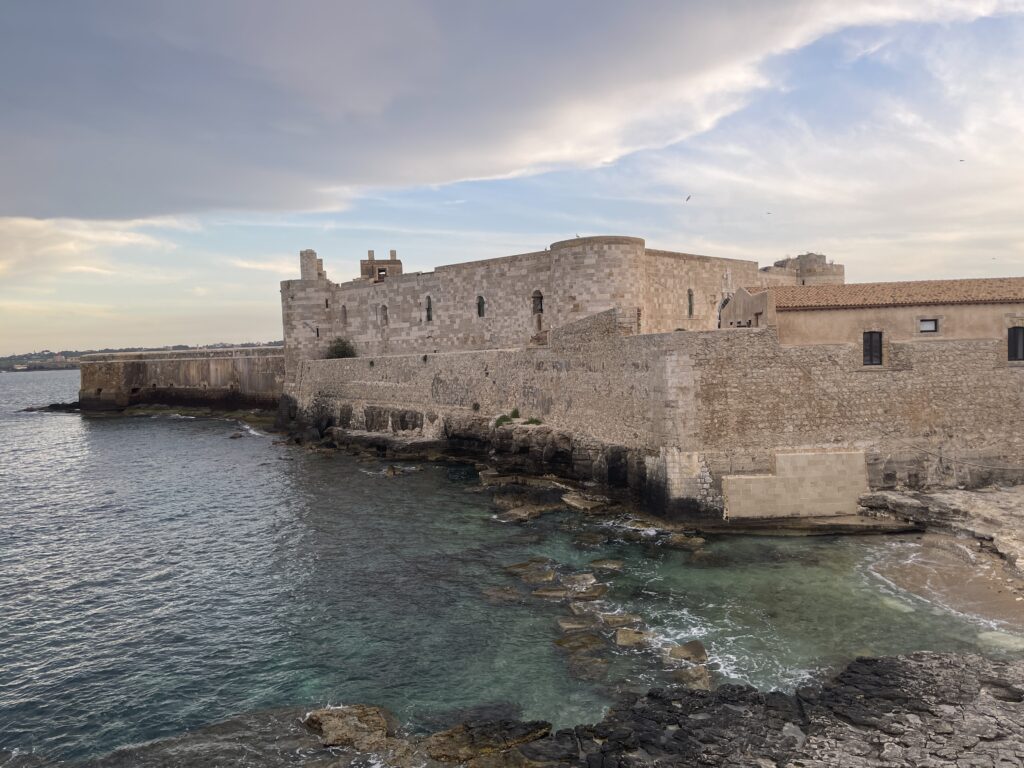
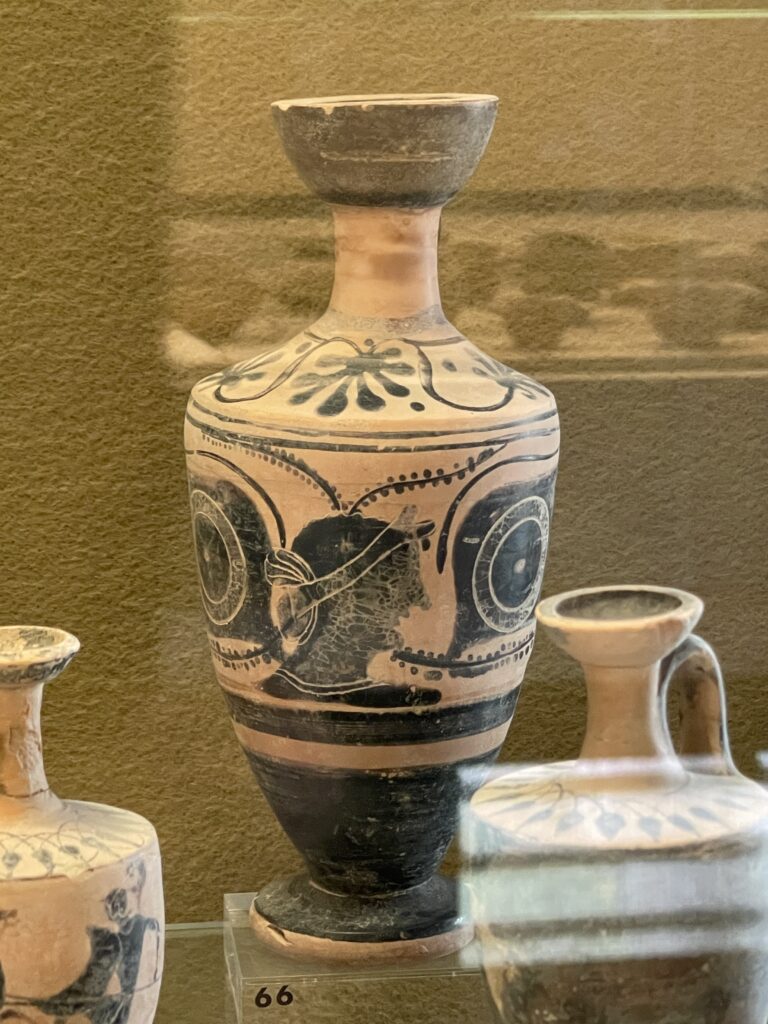

Sicily is truly a beautiful island, and I hope both its wealth of forests and population return, as I hope to myself again someday.
